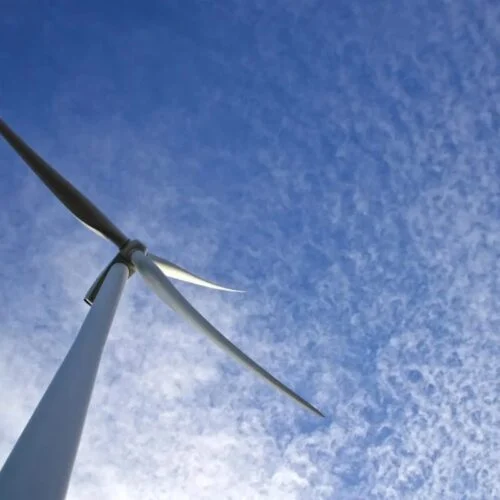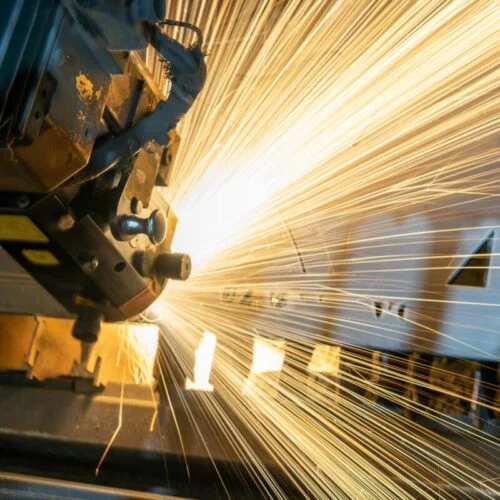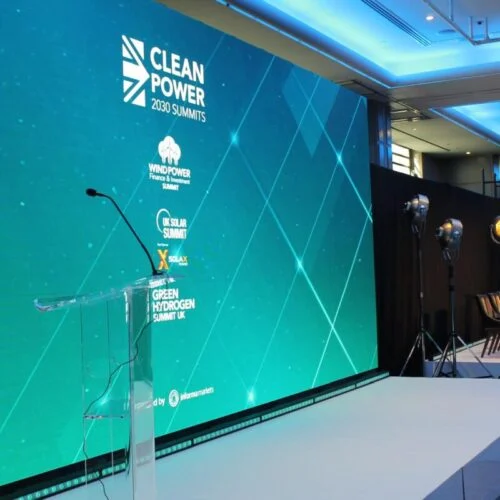Drax last month unveiled plans to end coal generation by 2021, five years ahead of its previous target and government regulations.
Four of Drax Power Station’s six units have already been converted to biomass, and its remaining two units will just stay available until September 2022 in line with its Capacity Market agreements.
The decision comes only a few months after the company announced plans to be carbon negative by 2030, aiming to be the first in the world to achieve this.
Drax CEO Will Gardiner spoke to Current± about why ending coal made sense, what will happen to the remaining units post-2022 and how bioenergy alongside carbon capture and storage (BECCS) fits into the future energy mix.
How did Drax come to the decision that ending coal generation was the right move for it as a company, particularly ahead of the government’s deadline?
We have been aware for some time that the writing was on the wall for coal – in 2015 the government announced its intention to consult on the closure of unabated coal-fired power generation. And some years before that Drax had started experimenting with biomass with our first full unit conversion in 2013.
Since then we have converted three more generating units to use sustainable biomass, transforming the business to become the largest renewable power generator and the biggest decarbonisation project in Europe.
The climate crisis is intensifying and the government has announced its intention to bring the date for the UK to cease using unabated coal-fired power generation forward to October 2024, from October 2025 in line with the legislation passed last year for the UK to be net zero carbon by 2050.
As a result – the time is right for us to make this decision and to continue to implement our plans for Drax’s future beyond coal.
An effective carbon price has meant that the economics of running our coal units has been challenging for some time. Neither unit 5 or unit 6 ran between March and November 2019 and, across the sector, other coal plant owners have been announcing coal closure.
Our decision to stop using coal comes after a comprehensive review of our operations. We do not expect to use coal after March 2021, but our two remaining coal units will be available to generate electricity, until September 2022 – should the country need them.
Why has Drax historically chosen to convert to biomass over moving into tech such as wind or solar, and what’s the plan for the last two units once they close?
There are no plans to convert the remaining two coal units at Drax to use sustainable biomass.
There may be opportunities in the future to secure a stability contract to produce inertia using our two remaining coal units.
The National Grid ESO held a stability tender in January to procure system stability services such as reactive power, to move the power around the network, and inertia, which keeps the system stable.
The benefit to the system is that it means these vital system support services can be provided at lower cost. At the moment the grid has to bring thermal plants on and sometimes switch wind farms off when there isn’t enough inertia – with the new contracts in place, they should be able to ensure system stability at a lower cost, because they won’t be paying for additional power to be generated.
Future stability tenders are due to be held and we will consider these opportunities.
Flexible and reliable renewable power from sustainable biomass at Drax also plays a critical role in maintaining a stable grid – the wind doesn’t always blow and the sun doesn’t always shine.
The IPCC said in its 2018 report that 85% of power will come from renewables like wind and solar by 2050. The other 15% will therefore need to come from flexible, reliable technologies, like gas, pumped storage and other renewables like biomass and hydro.
Drax has a goal to become carbon negative by 2030, and a huge part of that is BECSS. CCS is a fairly nascent technology right now, however. What sort of role do you envision it having in the UK’s energy system?
Biomass has a long-term future to play in the energy system. Sustainable biomass for power generation and negative emissions play a critical role in the IPCC and the CCC pathways to tackle the climate crisis. It is the only technology currently available which can provide renewable electricity and also deliver the negative emissions needed to avert the climate crisis.
All major UK political parties recognise the importance of CCS and the government is already developing a negative emissions policy and investment framework to support the development of technologies like BECCS.
By using BECCS at scale, Drax could achieve its world-leading ambition to be carbon negative by 2030 – capturing and permanently locking away 16 million tonnes of CO2 a year. This is a significant proportion of the 51 million tonnes of negative emissions the Committee on Climate Change says is required for the UK to meet its net zero targets. Negative emissions means we would be permanently removing carbon dioxide from the biosphere – creating a negative carbon footprint for the company by 2030. This would be achieved at the same time as producing the renewable electricity millions of homes and businesses rely on.
Can you give some detail on how BECCS might play into the Zero Carbon Humber project and what you’re hoping to get out of that?
By using BECCS at scale at Drax, the power station could become the anchor for a zero-carbon industrial cluster in the Humber region, whereby other industrial emitters could use the same CO2 transportation and storage infrastructure – permanently locking away carbon dioxide under the North Sea. By ensuring different businesses can use the same infrastructure it will deliver even greater environmental benefits and ensure communities which rely on heavy industry for jobs, are not left behind in the transition to a zero-carbon economy.
Drax also announced its annual financial results recently, with a steady operating profit and increase in EBITDA. However, there was also a fairly big increase in net debt and profit after tax falling quite significantly. Would you be able to provide any detail on the reasons behind this?
Across the Group, our adjusted EBITDA was up 64% to £410m compared to 2018, in line with consensus and delivering an increased dividend for shareholders.
The successful integration of our acquired hydro and gas assets in 2019 delivered enhanced optimisation across our generation business, which drove significantly higher profits.
As well as this we delivered adjusted net debt of 1.9 ahead of the 2.0 target, this was following a refinanced debt, meaning the Group’s cost of debt is now below 4%.





